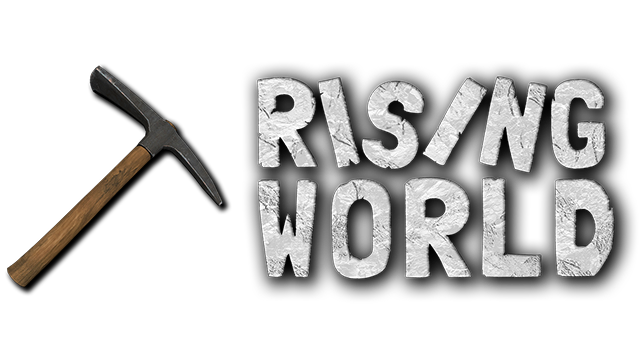Roen give you the easiest solution, but Krazmuse is right too. If you want to do something precise, geometry is the only option. If you're not afraid by numbers, I made a spreadsheet a long time ago to make this step easier. I share you the last version of this file in attachments. They are instructions inside but it's still a bit complex to use, feel free to ask for help.
P.S. red51 It's possible to allow direct sharing of LibreOffice files (*.ods & *.odt) on the forum? Actually, I must zip a 39kB file to do it ![]()

